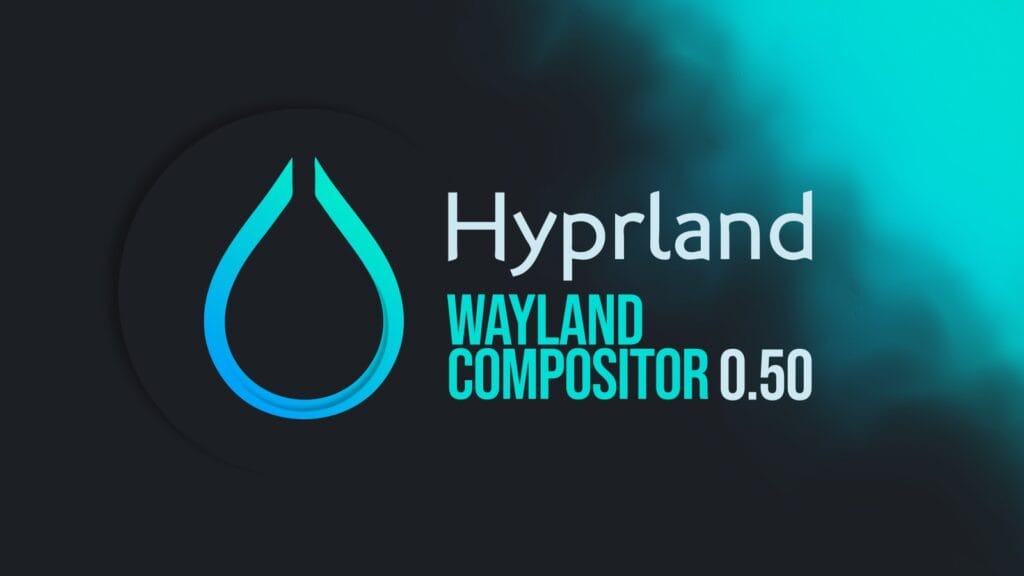Over two months after the previous 0.49 release, Hyprland, a favorite among fans of eye-pleasing tiling window compositors, has just rolled out version 0.50, packed with improvements, experimental additions, and some breaking changes.
First things first—this update isn’t entirely backward compatible. The legacy renderer has officially been dropped, meaning Hyprland now requires at least OpenGL ES 3.0 to run. In light of this, some older setups might need to be adjusted accordingly.
Additionally, the explicit_sync and render-ahead-of-time settings have been removed from the renderer config. Why? Because explicit sync is now the default, and the ahead-of-time rendering options weren’t even being used anymore.
Moreover, if your hardware can’t quite keep up, Hyprland now dynamically switches to triple buffering. This could significantly boost FPS on devices that aren’t exactly powerhouses, and the best part is that it won’t compromise your system’s performance or latency if it’s already handling things smoothly.
Currently, this feature is experimental and disabled by default; however, the developers aim to refine any remaining issues and enable it by default in the upcoming 0.51 release.
Privacy-conscious users will appreciate the new noscreenshare window rule, which blacks out any window marked with it during screen sharing—handy for keeping sensitive info out of view.
Behind the scenes, Hyprland now has a proper internal test framework to catch regressions early. It’s not exhaustive yet, but it’s a big step toward more stable updates.
The update also brings a bunch of quality-of-life improvements, including:
- A cleaner
monitorv2syntax for less cluttered monitor configurations. - Multi-GPU support for
drm_lease. - A new
unbind = allconfig option for input management. - Automatic HDR handling via
cm_auto_hdr. - Dynamic texture loading to save VRAM when possible.
In addition to these improvements, the update also resolves numerous bugs. Crashes around hyprpm and Hyprland itself have been addressed, snap now respects outer gaps, and blur artifacts on popups have been cleaned up. Additionally, workspace rendering behind screen locks has been disabled by default to enhance privacy.
For more details, refer to the announcement or review the full changelog.
